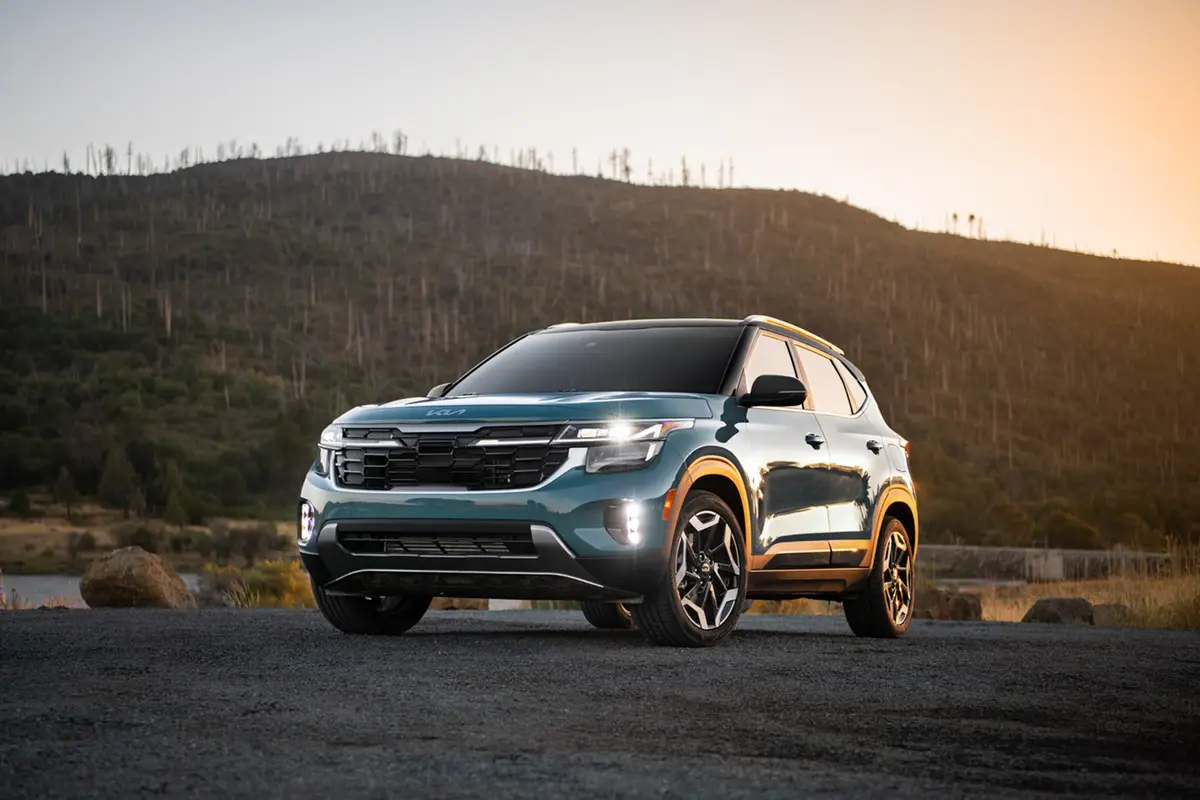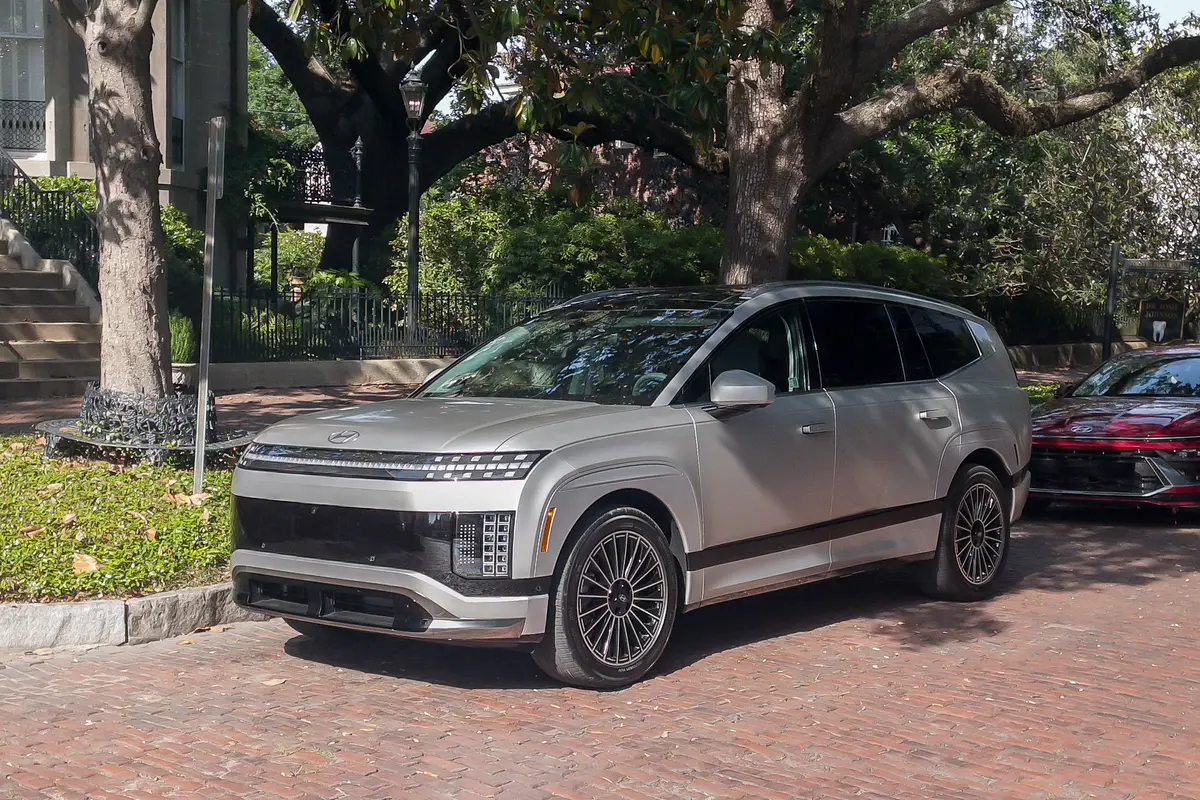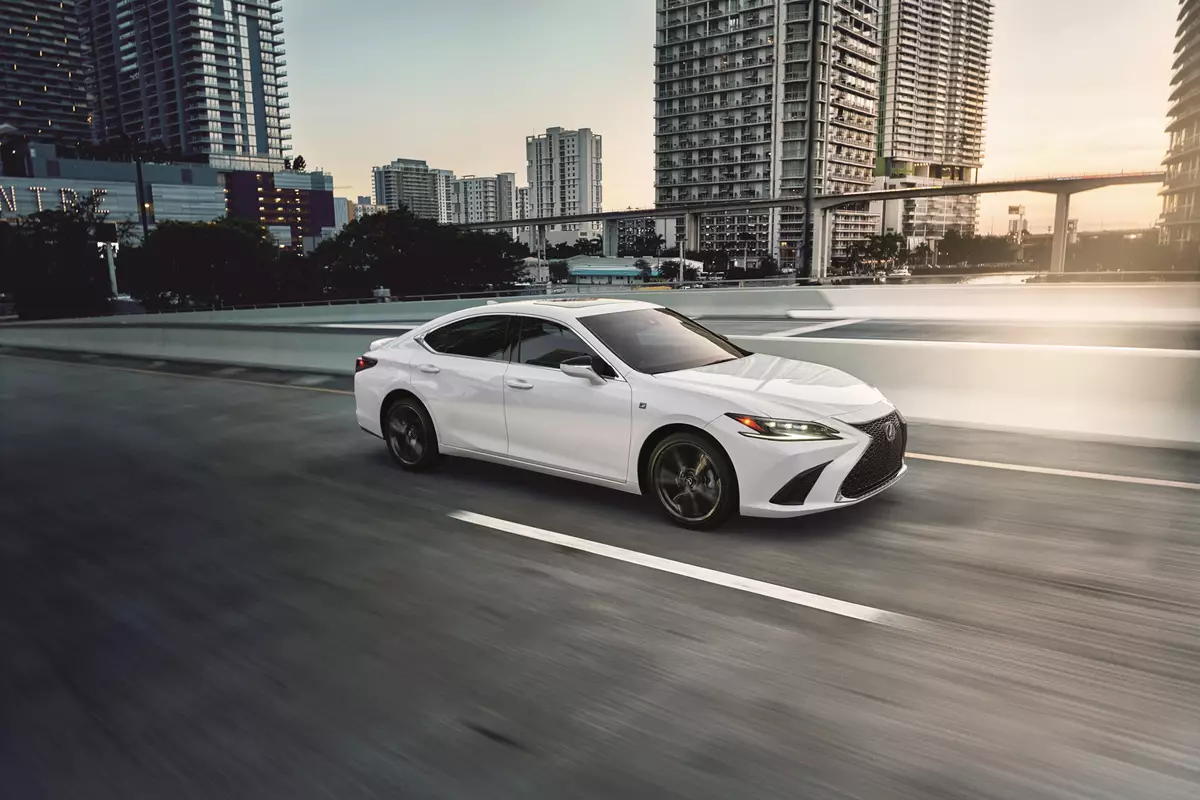The Morning Call and Mcall.com's view
It’s hard not to think of Buick as GM’s forgotten division. Despite being the company upon which GM was founded and GM’s core through most of the 20th century, management ignored it while trying to prop up other divisions during the 1990s.
That is why Buick lacked an SUV for much of the last decade, while even Porsche came out with one, the Cayenne.
For 2001, Buick launched the Rendezvous, a minivan-based crossover SUV that helped fill the line-up until a true, body-on-frame SUV arrived.
Of course, for 2004 Buick finally has one, the Rainier.
While the name caused me no end of “Printz Rainier” jokes, most geographical illiterates couldn’t fathom why Buick named an SUV Rainier. (Hint: it’s a mountain.)
But, it’s hard not to assume that the Rainier is almost an afterthought. Keep in mind that Buick got the Rainier only because the Oldsmobile division has been closed. That means that Oldsmobile’s SUV capacity was available.
So Buick went in and revised the Bravada, massaging the details to make it feel like a Buick SUV should feel and not like the warmed-over Oldsmobile it could be perceived as being.
For the most part, Buick has succeeded.
Based on GM’s mid-sized SUV-platform, the black test vehicle was stylishly clad with Buick’s signature chrome grille up front and chrome accents out back. It seemed quite upscale, without out-classing Cadillac’s SUV, the more expensive SRX.
But what makes this Buick stand apart from its Chevrolet and GMC brethren is the availability of an optional 290-horsepower 5.3-liter V-8. Otherwise, the powertrain is standard GM stuff. A 275 horsepower 4.2-liter in-line six-cylinder is standard. The Rainier is available in rear-drive or all-wheel-drive configurations. A four-speed transmission is the sole transmission offering. Buick doesn’t offer low-range gearing, so this is more of a foul-weather SUV than a true off-roader.
That feeling is backed up by the vehicle’s handling, which tends to be on the softer side. Being truck-based, the Rainier does suffer from some of the swaying and body lean that comes with the breed, although it’s fairly well controlled. The ride is extremely comfortable in the best Buick tradition, despite the lack of an independent rear suspension found in competitors such as the Lexus RX330 and the Lincoln Aviator. The Buick compensates with a standard rear air suspension.
The Rainier is extremely quiet, with some of the credit going to the tires, which Buick has dubbed “quiet tires.” They are indeed. But they give up some traction ability in return for the silence, even in wet weather.
Power from the V-8 is effortless, and fits the size and style of Buick’s first true SUV.
The interior is a subtle upgrade to the standard GM truck interior with wood toned accents and lots of leather which is standard. The conservative design lacks the sophisticated upscale design such as in the Lincoln Aviator. The result is an interior that feels like more like a truck than a Buick.
Upscale features include OnStar, XM Satellite Radio, GPS navigation system, rear-seat DVD entertainment system, heated front seats, leather trim, automatic dual climate control, and steering-wheel-mounted radio controls.
The instrument panel is not particularly memorable, but is easy to understand and operate. The exception is the screen that operates the navigation system and radio – it’s too low on the dash to view quickly.
Surprisingly, Buick will not offer the extended wheelbase version, which would allow for third row seating. The Rainier only seats five.
Comfortably appointed, confidently powered and extremely conservative in style, the Rainier brings an understated eloquence to the ranks of the SUV market. Yet compared to the competition, it may be a little too conservative for its price tag.
Prices start at $35,295 for a rear-wheel-drive V-6-powered CXL. All-wheel-drive models start at $37,245 for the CXL, topping out at $38,295 for the CXL Plus. Buick supplied an all-wheel-drive CXL Plus, which included a $1,750 navigation system, $1,500 V-8 engine, $1,435 rear seat entertainment option, $350 side impact airbag option and $275 heated front seats. The bottom line was $44,705, about the same as a Lincoln Aviator.
But before deciding if you’d really rather have a Buick, drive the Aviator which seems to be its prime competitor. The Lincoln offers similar power at the same price with a more stylish interior.
While not as regal as the royal family in Monaco, the Rainier has the strength of its mountain namesake, and for Buick fans, that may be enough.
Latest news



